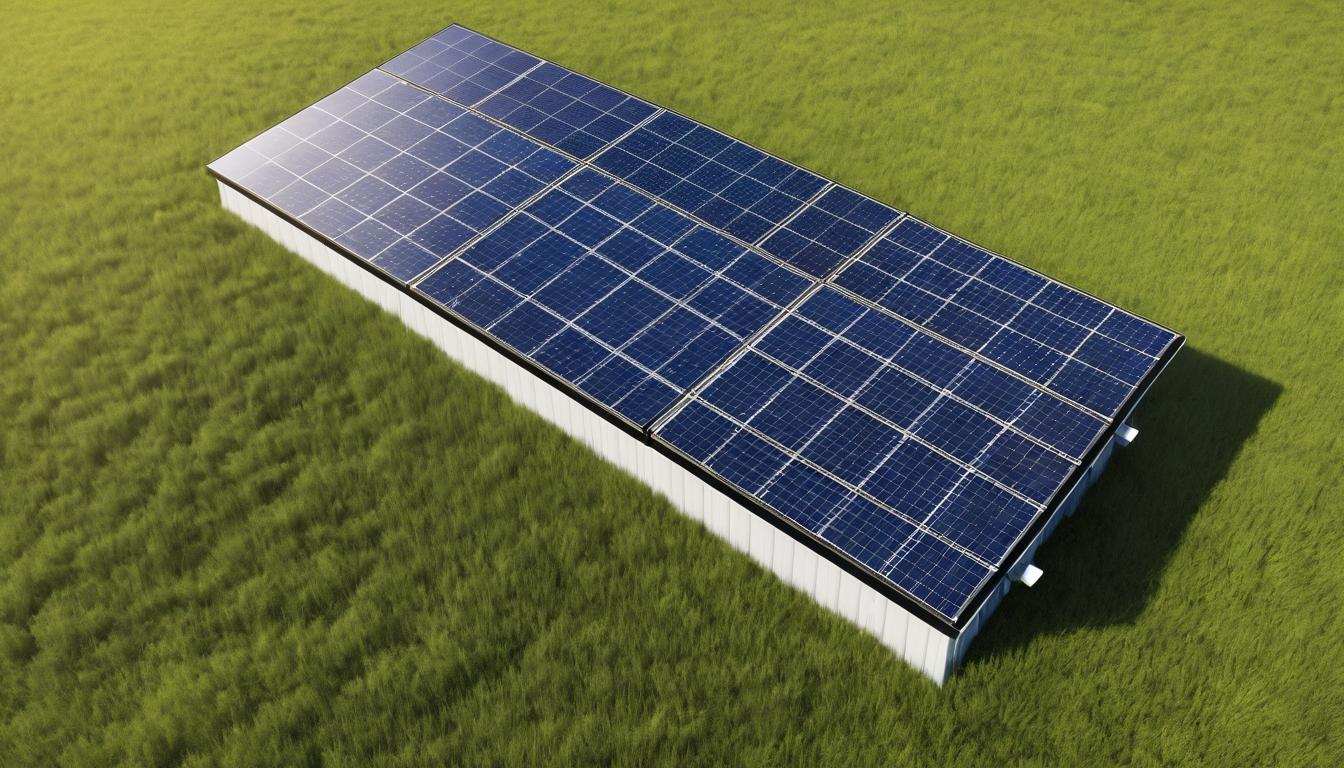When Maria Rodriguez decided to replace her 15-year-old rooftop solar system, she faced an unexpected dilemma. The installer offered to haul away her old panels for free, but something about that offer felt wrong. "They were just going to throw them in a landfill," she told me, shaking her head. "After all these years of saving energy, it seemed criminal to create that much waste." Maria's story represents a growing crisis in the solar industry that few homeowners ever consider when they make the switch to renewable energy.
Across the United States, millions of solar panels installed during the early 2000s boom are reaching the end of their 25-30 year lifespan. The International Renewable Energy Agency estimates that by 2030, we'll be dealing with 8 million metric tons of solar panel waste annually. That number jumps to 80 million tons by 2050. These aren't just numbers on a spreadsheet—they represent a tidal wave of electronic waste that could undermine the very environmental benefits solar power promises.
But here's where the story takes an unexpected turn. While most people assume solar panels end up in landfills, a quiet revolution is happening in recycling facilities from Arizona to Germany. Companies like First Solar and European recyclers are developing sophisticated processes that can recover up to 95% of a panel's materials. The secret lies in thermal, mechanical, and chemical processes that separate glass, aluminum, silicon, and even precious metals like silver and copper.
What makes this revolution particularly fascinating is the economics behind it. A typical solar panel contains about $15-20 worth of recoverable materials using current methods. While that might not sound impressive, new technologies are pushing that value closer to $40 per panel. When you're processing thousands of panels daily, those numbers start to make financial sense. The Department of Energy recently announced $20 million in funding for solar recycling research, recognizing that solving this problem is crucial for the industry's long-term sustainability.
For homeowners like Maria, understanding the recycling landscape has become increasingly important. Several states, including Washington and New Jersey, have implemented extended producer responsibility laws that require manufacturers to fund end-of-life recycling programs. California is considering similar legislation that could transform how we handle solar waste nationwide. These policies create a circular economy where the cost of recycling is built into the initial purchase price.
The practical implications for consumers are significant. When shopping for new solar panels, homeowners should ask installers about their recycling partnerships and whether they use manufacturers with take-back programs. Companies like SunPower and LG offer comprehensive recycling services, while others rely on third-party recyclers. The difference in environmental impact can be substantial.
Beyond recycling, researchers are working on the next generation of solar panels designed with disassembly in mind. Imagine panels that snap together like LEGO bricks instead of being permanently sealed with tough polymers. These design innovations could make recycling even more efficient and cost-effective in the coming decades.
What's often overlooked in the recycling conversation is the human element. I visited a recycling facility in Texas where workers carefully disassemble panels by hand before they enter the automated processing line. The facility manager explained that while automation is increasing, the human touch remains crucial for quality control and handling the variety of panel designs that come through their doors.
The global nature of solar manufacturing adds another layer of complexity. Panels made in China, Malaysia, and the United States all have slightly different compositions and construction methods. This variability challenges recyclers to constantly adapt their processes. Some industry experts argue that standardization could be the key to making solar recycling truly scalable and cost-effective.
For consumers considering solar today, the end-of-life story might seem distant, but it's becoming increasingly relevant. Many homeowners are surprised to learn that their panels contain small amounts of lead and other heavy metals that require careful handling. Proper recycling ensures these materials don't leach into groundwater or soil.
The financial aspect can't be ignored either. While recycling currently costs $15-25 per panel, some recyclers are beginning to offer buy-back programs for panels that still have usable components. This creates an emerging secondary market for solar equipment that could benefit budget-conscious homeowners and developing nations.
As I left Maria's home, she showed me the paperwork for her new system—this time from a manufacturer with a clear recycling program. "I feel better knowing there's a plan for these panels when they're done," she said. Her experience highlights a crucial shift in consumer awareness that's driving the industry toward more sustainable practices.
The solar recycling revolution may not be as glamorous as new panel technologies or falling installation costs, but it represents an essential maturation of the renewable energy industry. As more homeowners embrace solar power, understanding what happens when those panels reach the end of their life becomes just as important as calculating energy savings during their prime.
The hidden revolution in solar panel recycling and what it means for homeowners

